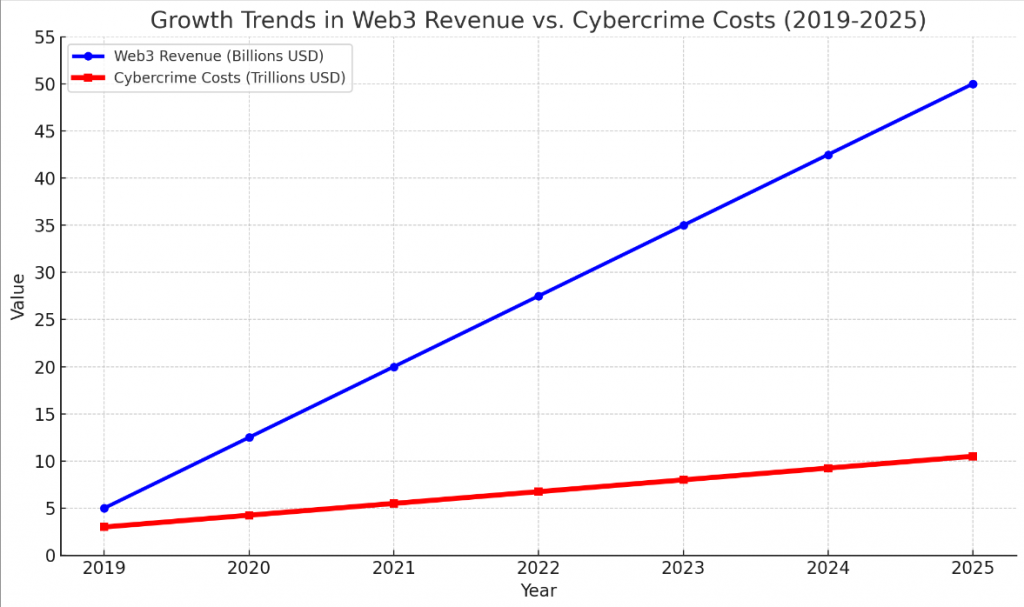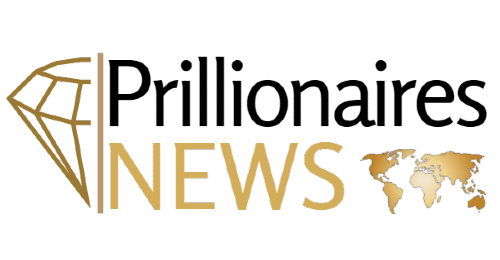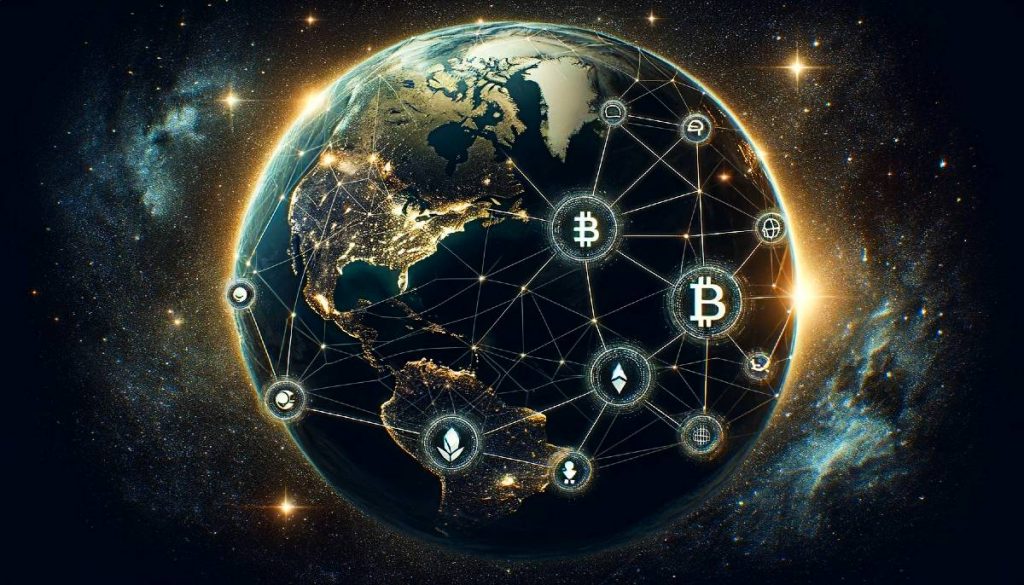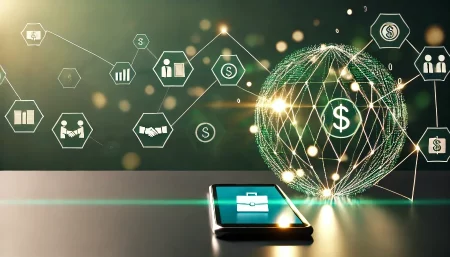Unraveling the Intricacies of Web3 and the Dark Web
As the internet enters a new era of transformation, Web3 emerges as a beacon of innovation, offering a decentralized, user-empowered platform. At the same time, the dark web, a more enigmatic part of the internet, continues to be shrouded in controversy. This exploration delves into the recent advancements in Web3 and its complex relationship with the dark web, a topic that has sparked intense debate and curiosity. Prillionaires Luxury Magazine” has also featured in-depth discussions on this subject, shedding light on the digital world’s evolving dynamics and the ethical considerations they entail.
The Emergence of Web3: A Paradigm Shift in the Internet
Web3, often referred to as the future of the internet, is distinguished by its focus on decentralization and blockchain technology. It marks a shift from the centralized data control of Web2 to a more democratic internet where users have greater autonomy over their data and digital identities. With blockchain technology’s expected revenue growth to over $39 billion by 2025, as reported by Statista, Web3’s influence on various sectors, including finance, healthcare, and entertainment, is becoming increasingly evident.
Innovations and Progress in the World of Web3
Recent advancements in Web3 have focused on improving user experience, enhancing security, and ensuring seamless interoperability across different platforms. Innovations like decentralized finance (DeFi) and non-fungible tokens (NFTs) are transforming our understanding of digital value and ownership. DeFi’s remarkable growth, with a surge in total value from under $1 billion in 2019 to over $40 billion by 2021, illustrates the rapid adoption and potential impact of these Web3 innovations. These developments promise a more inclusive and equitable digital ecosystem, expanding the scope of what’s possible in the online world.
Understanding the Dark Web: A Realm of Anonymity and Controversy
While Web3 represents a progressive vision of the internet, the dark web remains a complex and controversial space. Known for its anonymity, the dark web is often associated with illicit activities and is a subset of the deep web, not indexed by standard search engines. Cybersecurity Ventures’ report projecting cybercrime costs to reach $10.5 trillion annually by 2025 highlights the dark web’s role in facilitating these activities. This aspect of the internet, while providing privacy and freedom, also poses significant challenges in terms of law enforcement and ethical internet use.
Financial Implications: The Economic Impact of Web3 and Cybercrime
The economic landscape shaped by Web3 and the dark web presents a fascinating study in contrast and growth. As evidenced by a recent trend analysis, the revenue from Web3 technologies is on a steep incline, projected to rise from $5 billion in 2019 to an estimated $50 billion by 2025. This growth trajectory underscores the burgeoning impact of Web3 on global markets. Simultaneously, the costs attributed to cybercrime, a concern closely tied to the dark web, are also escalating, with projections reaching $13.5 trillion by 2025. This parallel rise in Web3’s financial success and cybercrime’s economic burden illustrates the dual-edged nature of technological advancement, highlighting the need for balanced growth and vigilant cybersecurity measures in the digital age.

The graph illustrates the hypothetical growth trends in Web3 revenue compared to the costs associated with cybercrime from 2019 to 2025. It shows a steady increase in both Web3’s revenue (in billions) and cybercrime costs (in trillions) over the years.
The Convergence of Web3 and the Dark Web: Ethical Dilemmas and Opportunities
The convergence of Web3 and the dark web presents a unique set of challenges and opportunities. The question arises: can the decentralized nature of Web3 help mitigate the risks of the dark web, or does it provide new channels for unlawful activities? This intersection creates a paradox where Web3’s emphasis on privacy and user autonomy might inadvertently support the dark web’s clandestine operations. It’s a delicate balance between harnessing the positive aspects of these technologies while addressing their potential for misuse
Conclusion: Charting a Responsible Course in the Digital World
As we navigate this new digital era, balancing the potential of Web3 with the challenges of the dark web is crucial. This journey requires a nuanced understanding of both realms, recognizing Web3’s capacity to redefine the internet and the dark web’s potential risks. The decisions made in this digital age will shape the future of the internet, influencing how it evolves as a tool for innovation, communication, and societal progress.











